1,576 days, 2,409 entries ...
Newsticker, link list, time machine: HOLO.mg/stream logs emerging trajectories in art, science, technology, and culture––every day
“Quantum Soup,” a solo show surveying Libby Heaney’s sustained exploration of quantum physics-informed aesthetics, opens at Basel’s House of Electronic Art (HEK). Curated by Sabine Himmelsbach, the show presents CGI works by the British artist including ENT– (2022) and slimeQrawl (2023), and her mournful VR experience Heartbreak and Magic (2024). Heaney “visually tests scientific concepts such as contextuality, entanglement, and superposition, making them accessible,” writes Himmelsbach.
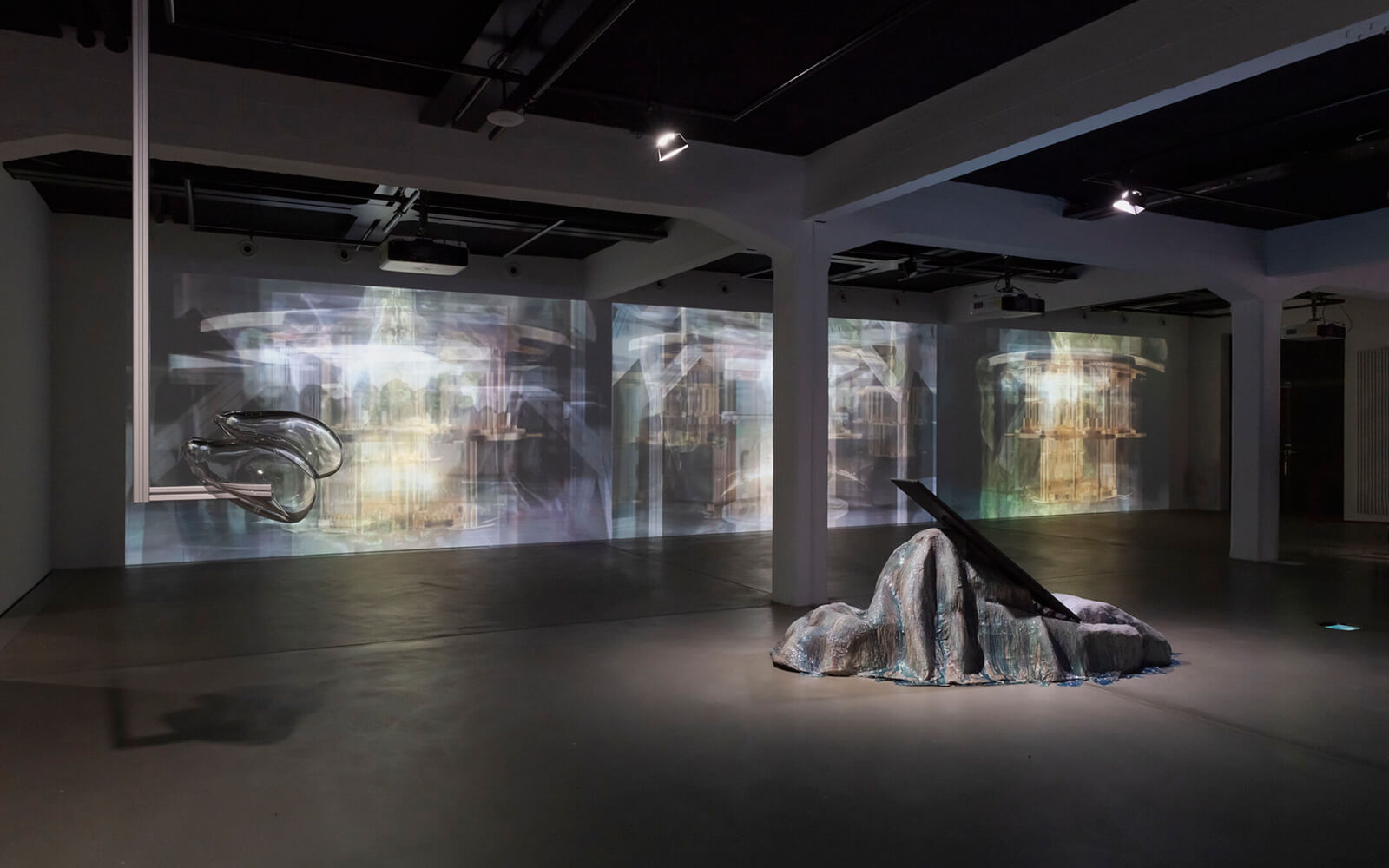
“TRANSFER Download: Sea Change” opens at Pérez Art Museum Miami (PAMM), flooding a panoramic ‘video chamber’ with reflections “on the accelerating changes across climate, culture, and time.” The 9th iteration of TRANSFER’s travelling immersive format compiles works by LaTurbo Avedon, Leo Castañeda, Fabiola Larios, Cassie McQuater, Lorna Mills, Rick Silva & Nicolas Sassoon (image: Signals 4, 2023), and Rodell Warner into a playlist of “watery warnings,” rendered as generative art, animated GIFs, videogames, and CGI.
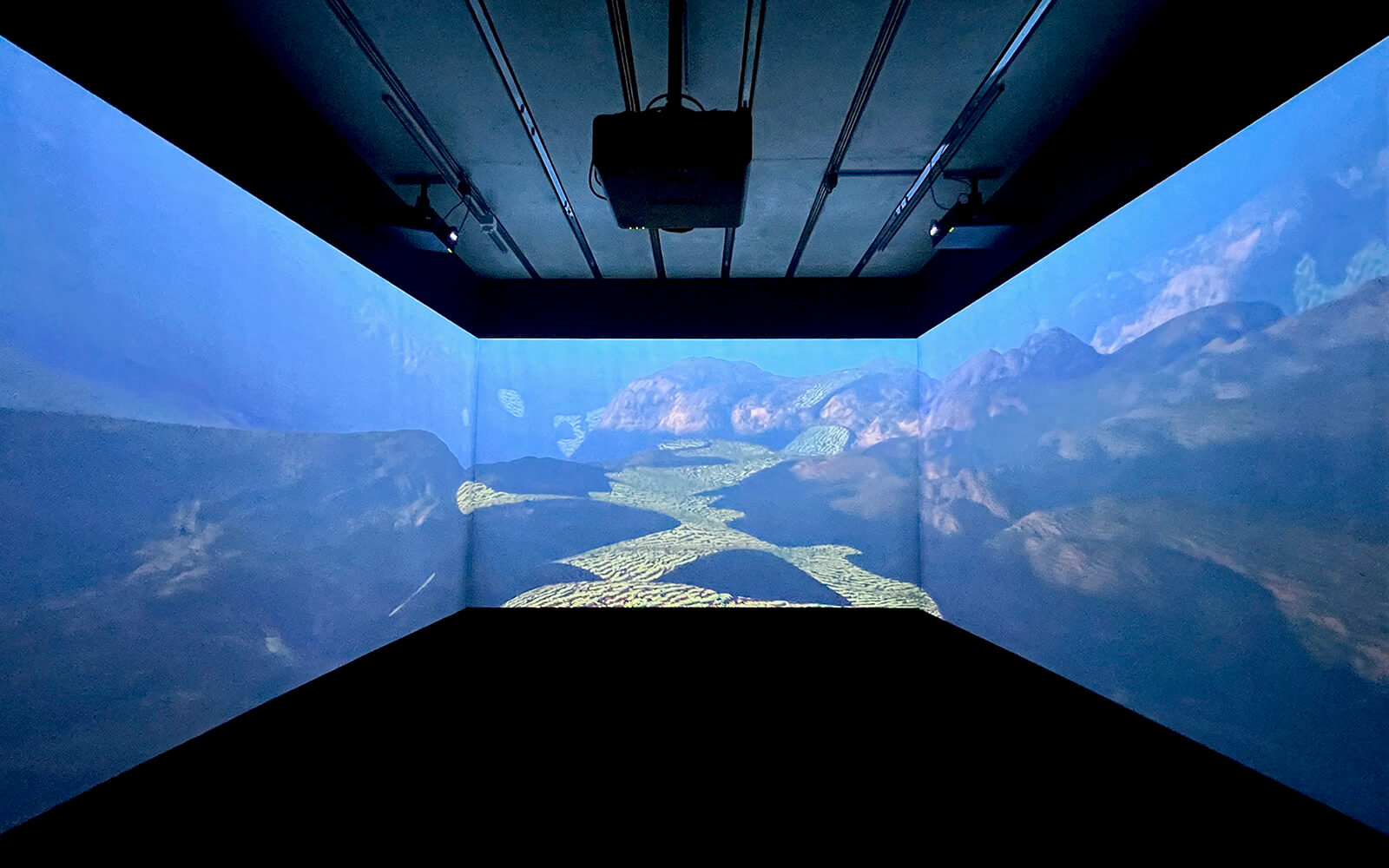
“I’d build one-of-a-kind VR headsets into big masks from different cultures, sometimes adding lightning bolts and feathers. I wanted the headsets to be vibrant, exciting objects that enriched the real world, too.”
With “My Veins Are the Wires, My Body Is Your Keyboard,” New York’s Museum of the Moving Image (MoMI) opens the first major survey of pioneering net artist and sculptor Auriea Harvey. Featuring more than 40 works spanning early net-based interactives, videogames (created with Michaël Samyn under the Tale of Tales moniker), mixed media and AR sculptures, curator Regina Harsanyi celebrates Harvey’s capacity to “reflect the paradoxical power of computers to enable intimacy” over nearly four decades.
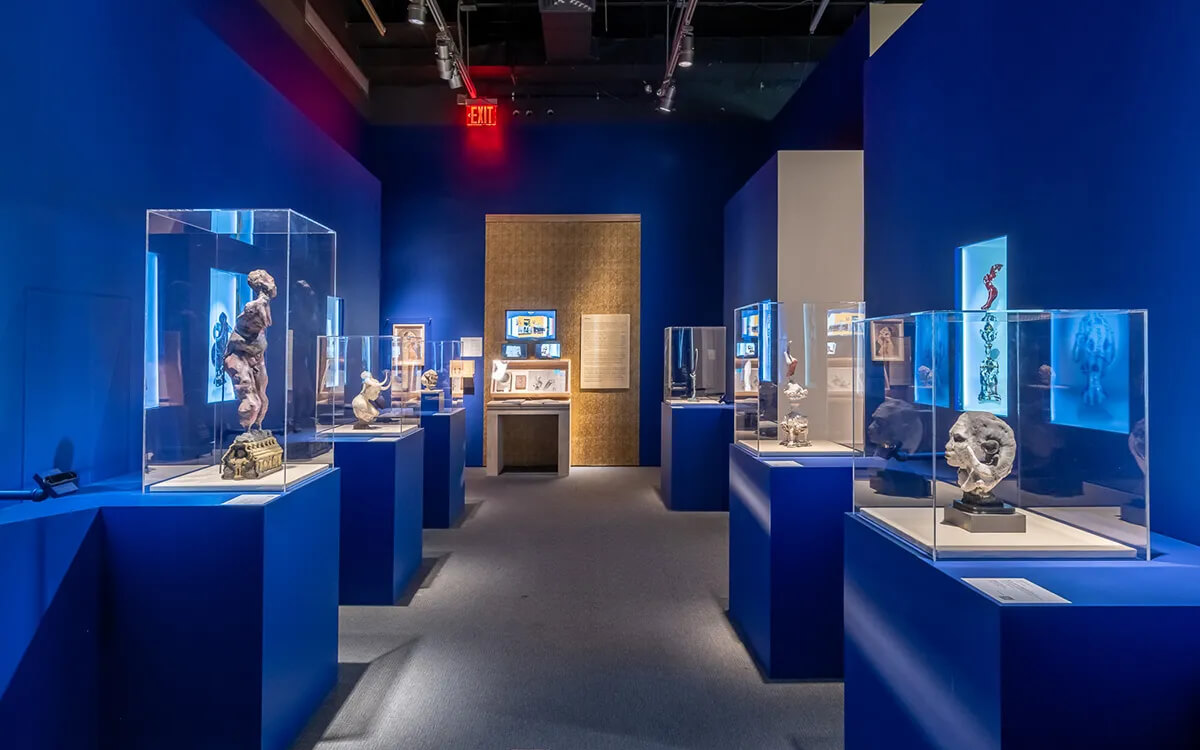
Carola Bonfili’s solo exhibition “Second Order Reality” opens at Aksioma, Ljubljana, exploring states of magical thinking and embodied otherness in virtual worlds. Drawing on the writings of Gustave Flaubert and H.G. Wells as well as videogame metaphors, the Italian artist tells the story of primate protagonist M’ling, The Stone Monkey (2022), across CGI video, an immersive VR experience (entitled Level 1, Illusions That We Should Have, But Don’t), and concrete sculptures.
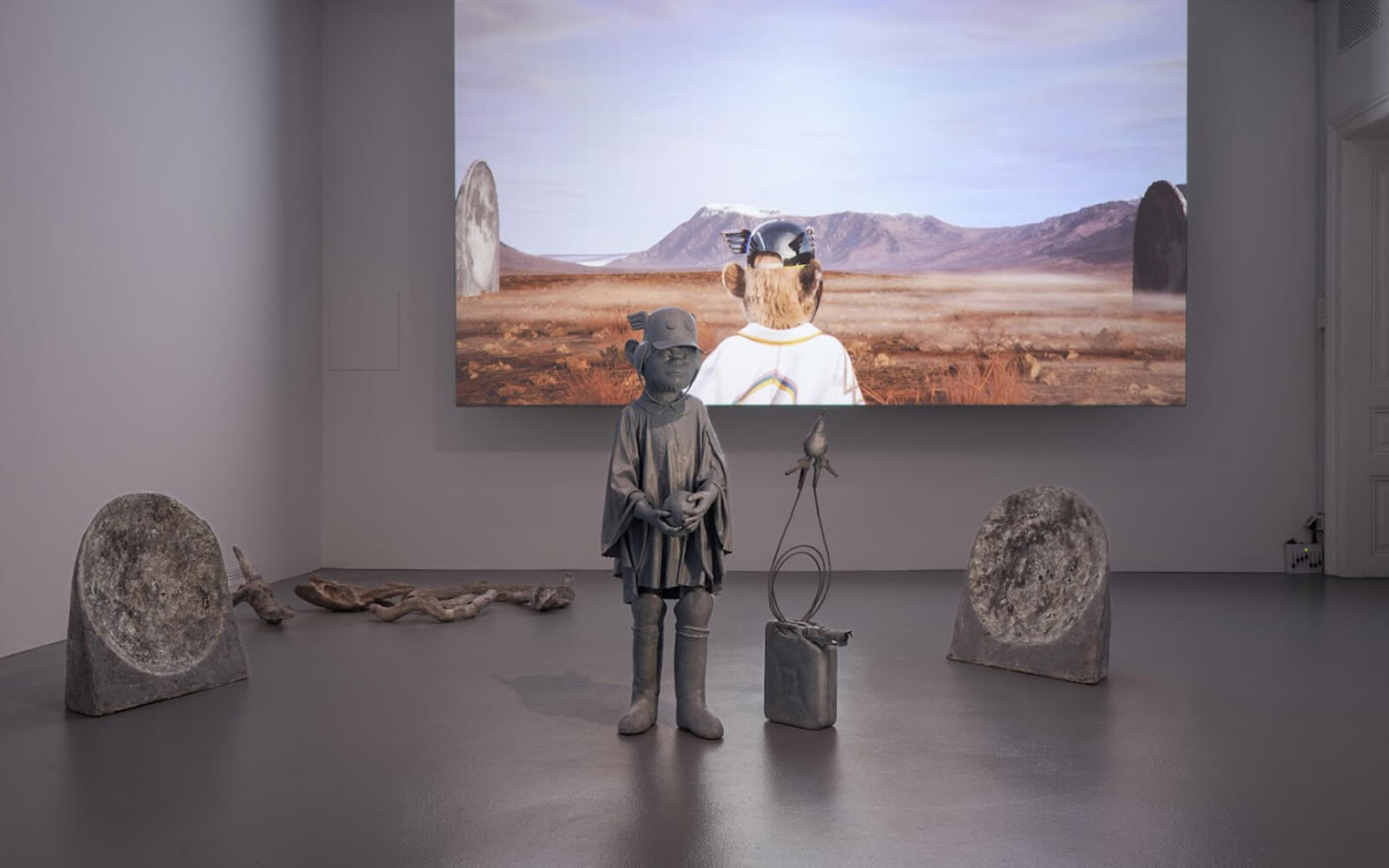
American artist Aay Liparato‘s “Small Acts of Violence,” an exhibition surveying intimate partner violence (IPV) fallout in VR, opens at ARGOS Brussels. Co-producers C0N10UR and V2_ Lab for the Unstable Media join in presenting the immersive piece, which centres testimonials from women, nonbinary, and non-cis male IPV perpetrators from the UK and Belgium. Emotionally challenging, viewers must choose which situations to “gaze on or turn away from” and “assert their boundaries.”
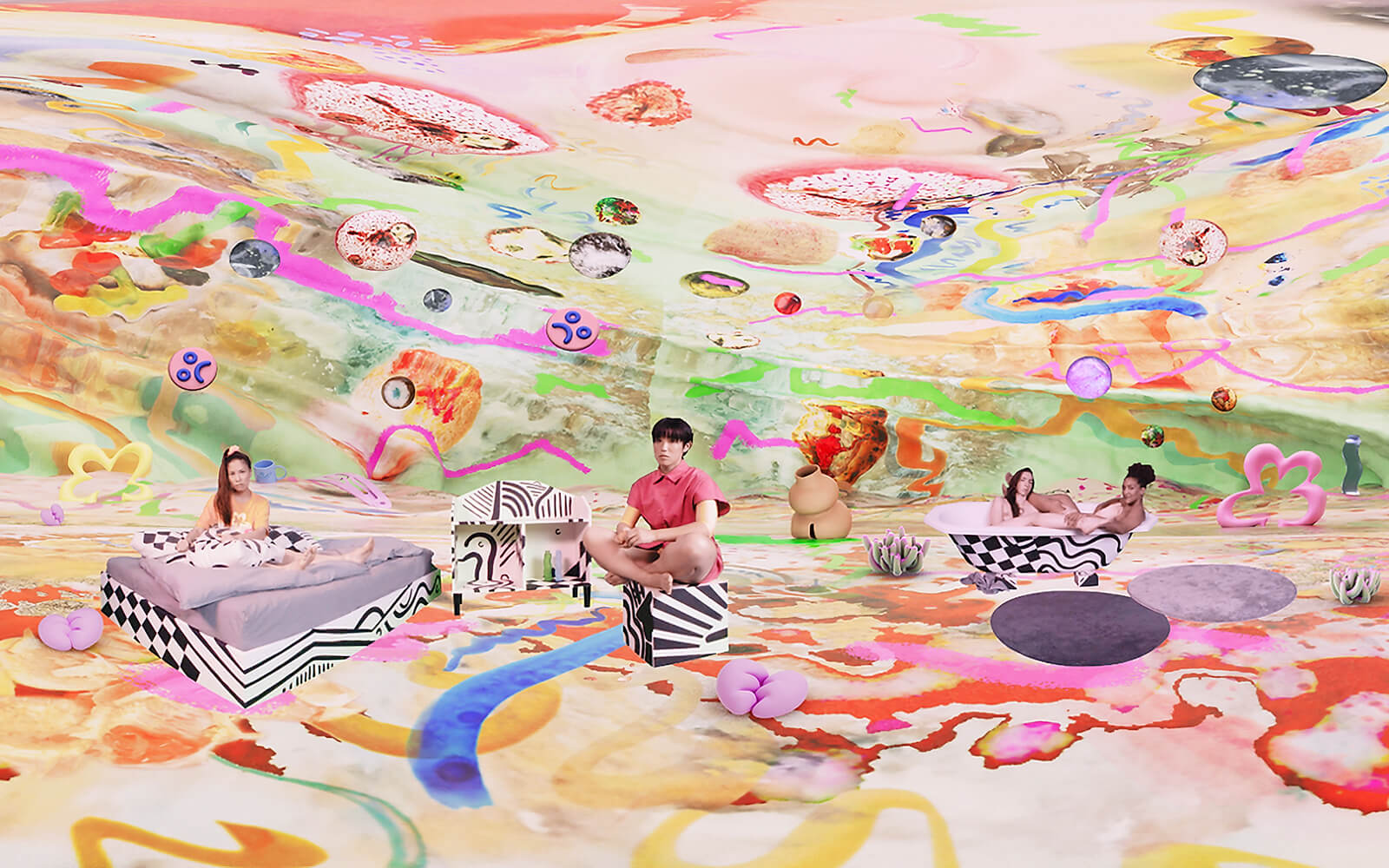
MacKenzie Art Gallery launches “Echoes from the Future,” a virtual showcase of “Speculative Creatures & Post-Human Botanicals” created with the gallery’s own Digital Exhibitions Toolkit. Curator Tina Sauerländer presents eight artists including Laura Colmenares Guerra, Bianca Shonee Arroyo-Kreimes (image: Last Species on Earth, 2022), Sarah Oh-Mock, Sabrina Ratté, and Tamiko Thiel whose hybrid lifeforms and immersive eco-futures “render current environmental issues visible in virtual reality.”
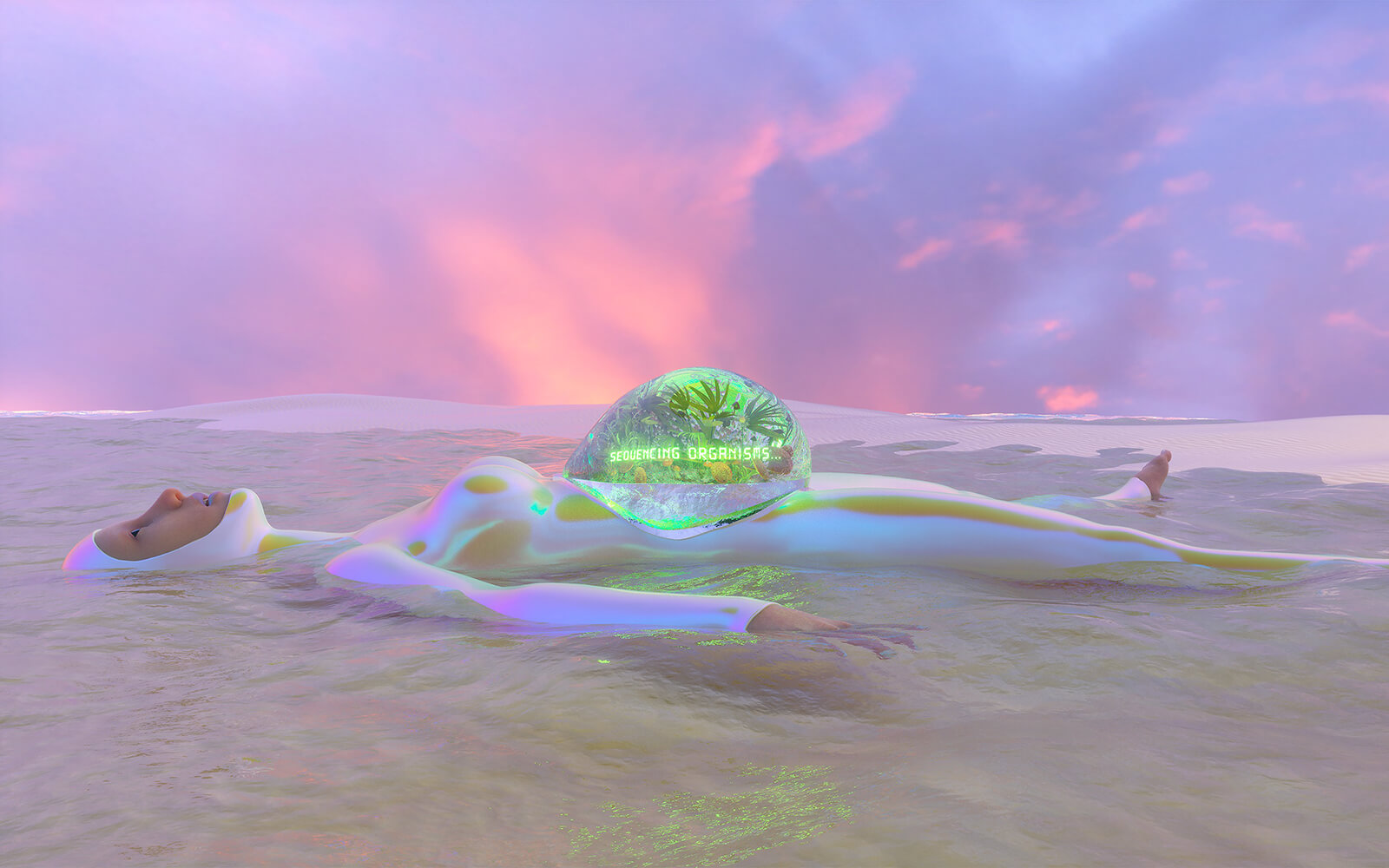
“How do we hold digital space? We hold space as usernames, user profiles, icons, and avatars. The ability to hold a unique space is fundamental to taking part in society.”
Back Office 5
The Next Dimension
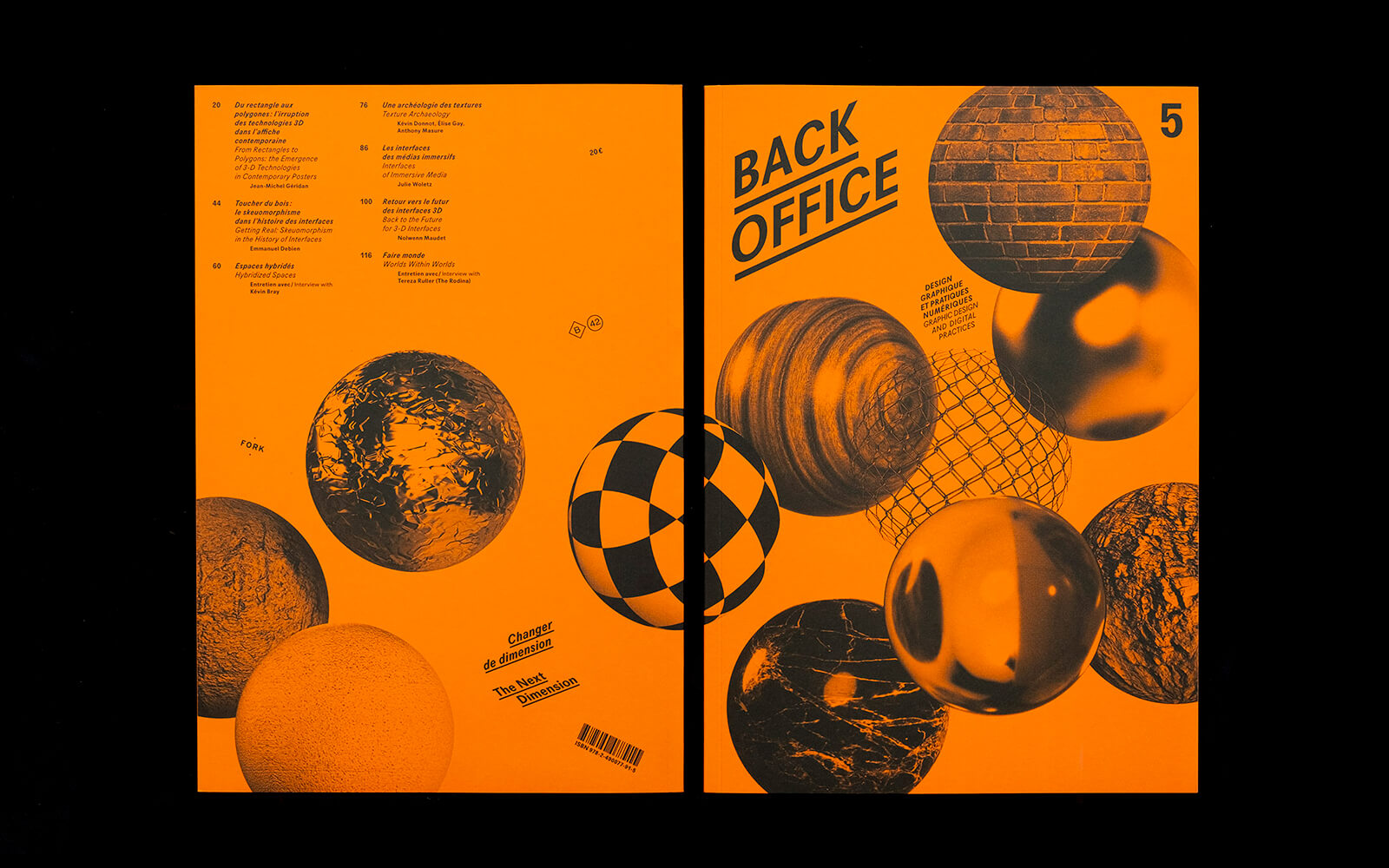
“Catalyst,” a hybrid exhibition featuring artists including Carla Gannis, Auriea Harvey, Caroline Sinders, and Sammie Veeler simultaneously opens at Los Angeles’ Honor Fraser and online at EPOCH. The final instalment in a trio of shows curated by EPOCH’s Peter Wu+ set in CGI models of LACMA and its environs, this edition is set in architect Peter Zumthor’s forthcoming building for the county museum—in post-apocalyptic LA (image). IRL visitors plug-in to the dystopian vision via VR headset.
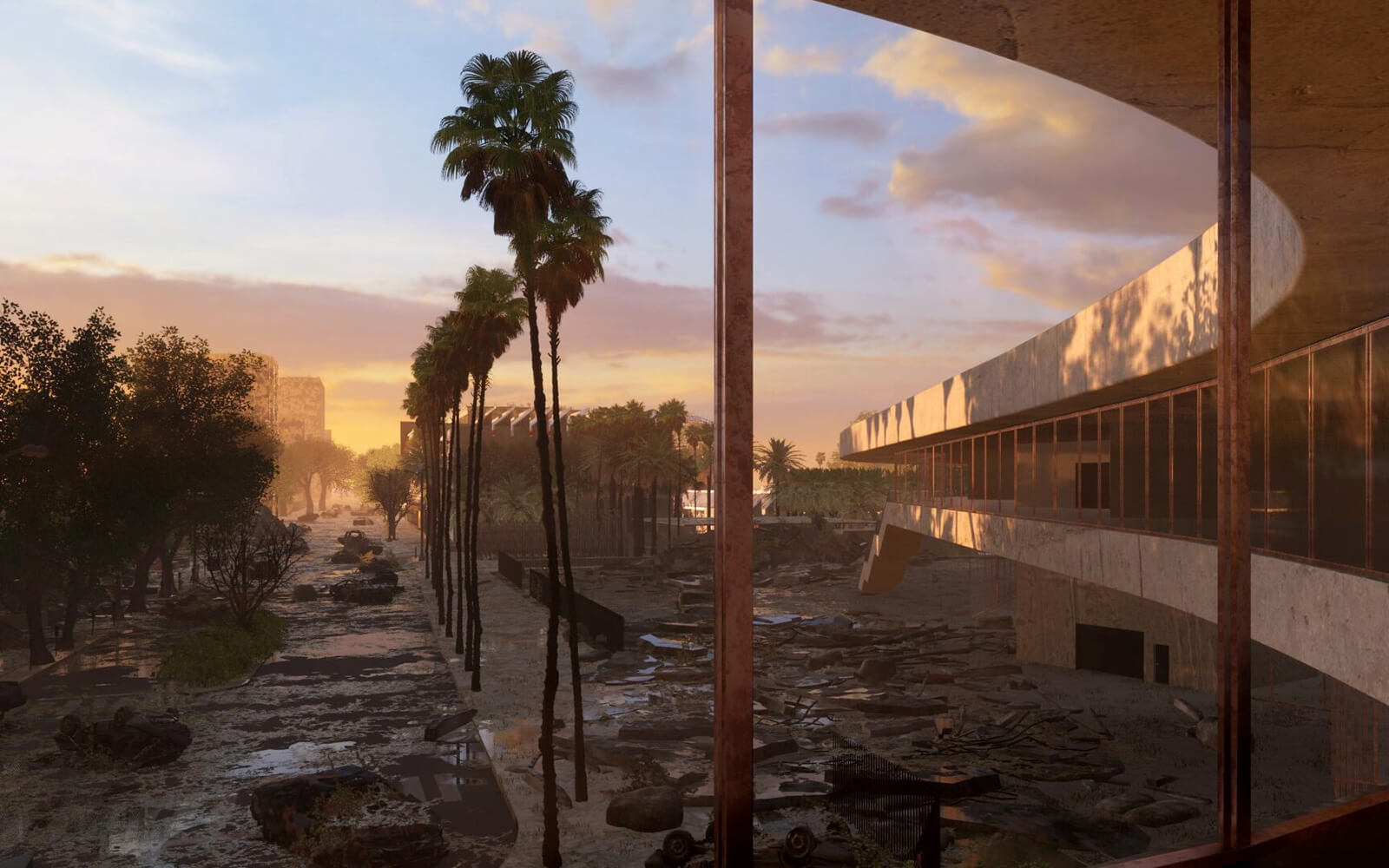
“If Apple’s vision wins out, the fear is that we’ll all sink into our cyberpunk home theater goggles, consuming content as the world burns.”
“Introducing iPhone, on your face,” quips ‘Famous New Media Artist’ Jeremy Bailey about the reveal of Apple’s Vision Pro. Bailey anticipated the company’s mixed-reality goggles after coming across a 2015 patent (image), while patenting (whimsical) AR interfaces of his own. “Current AR and VR patents,” Bailey wrote in 2016, “are hilariously broad and forecast a future where culture itself belongs to the world’s largest tech companies.” The new Apple face computer still gets a thumbs-up (“this is incredible”).
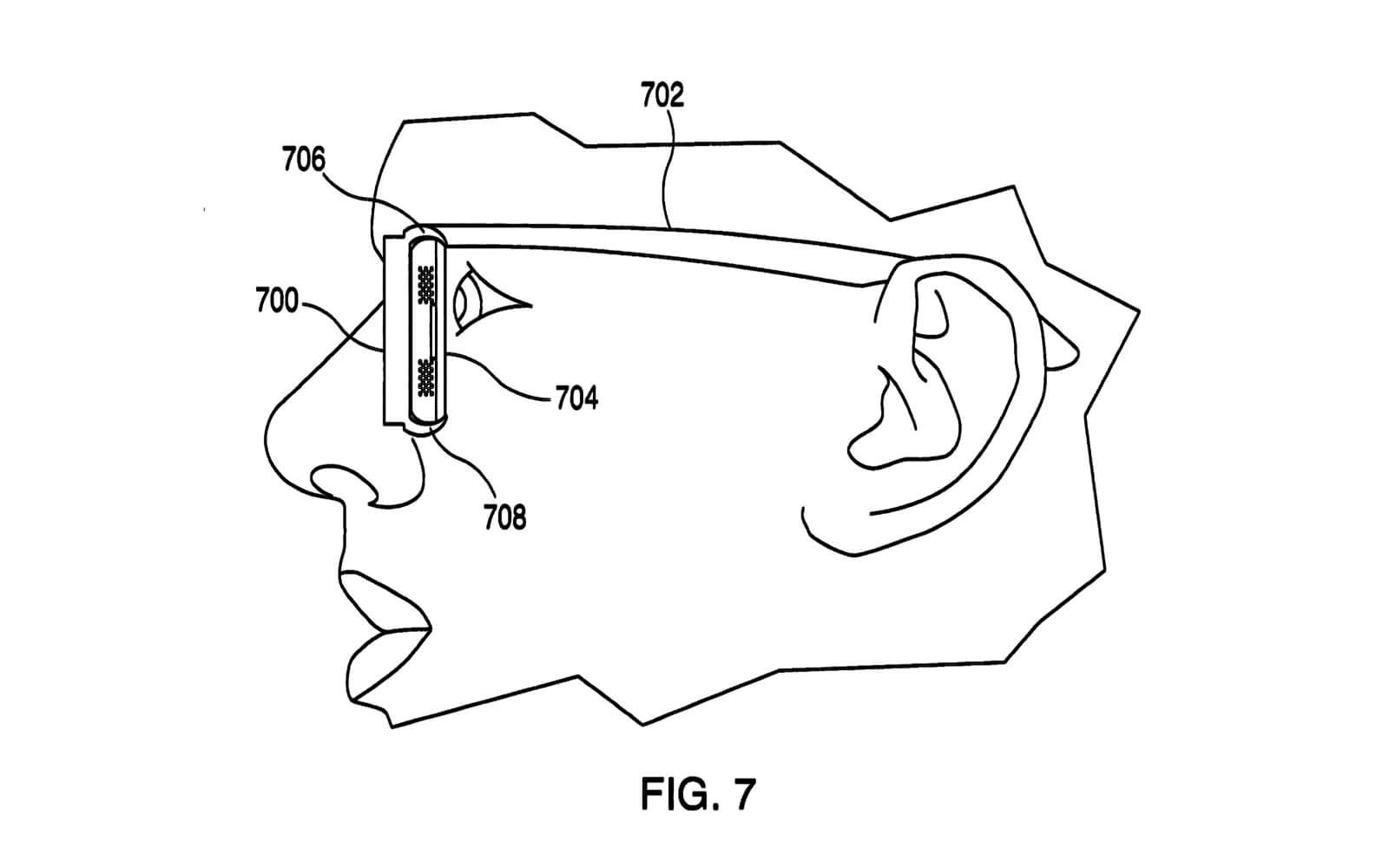
“We may one day possess tools that keep us plugged in all the time, yet trick us into believing we’re not. The beauty of these ugly goggles is that they show what’s really going on.”
A show parsing post large-language model (LLM) “shared discourse,” Sarah Rothberg’s “SUPERPROMPT” opens at Bitforms San Francisco. Through several performances, the American artist takes aim at the veracity of statements made by ChatGPT and its ilk, as well as virtualized social convention. In NEW MEETINGS (2021-, image), for example, Rothberg and mystery guests convene in VR to engage in a conversational game that demonstrates “how architecture and social arrangements distribute power.”
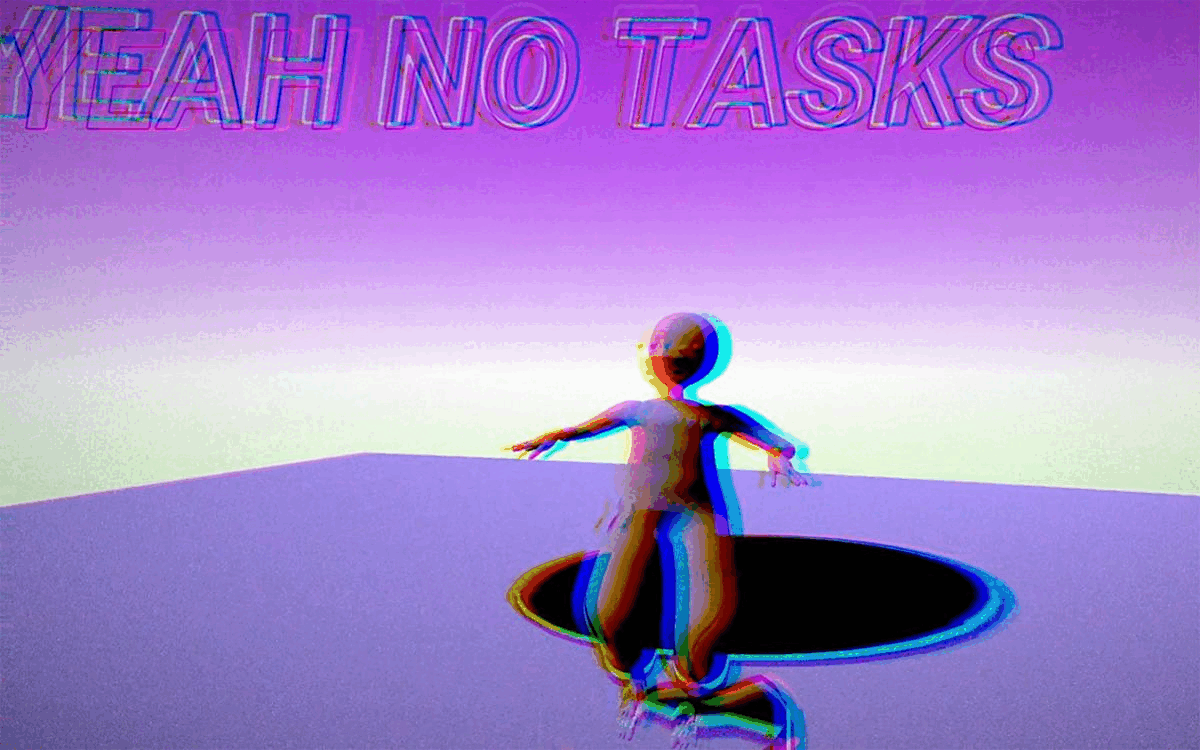
Carla Gannis’ solo exhibition “wwwunderkammer” opens at the Halsey Institute of Contemporary Art (HICA) in Charleston (US), aiming to decolonize the wunderkammer and, by extension, the museum. A real-world manifestation of her ongoing social VR project (2019–), the show invites visitors to explore a series of ‘chambers,’ each focusing on a different aspect of life in the internet age. In line with the American transmedia artist’s penchant for illusionism, the gallery uses AR to obfuscate what’s real and what’s not.
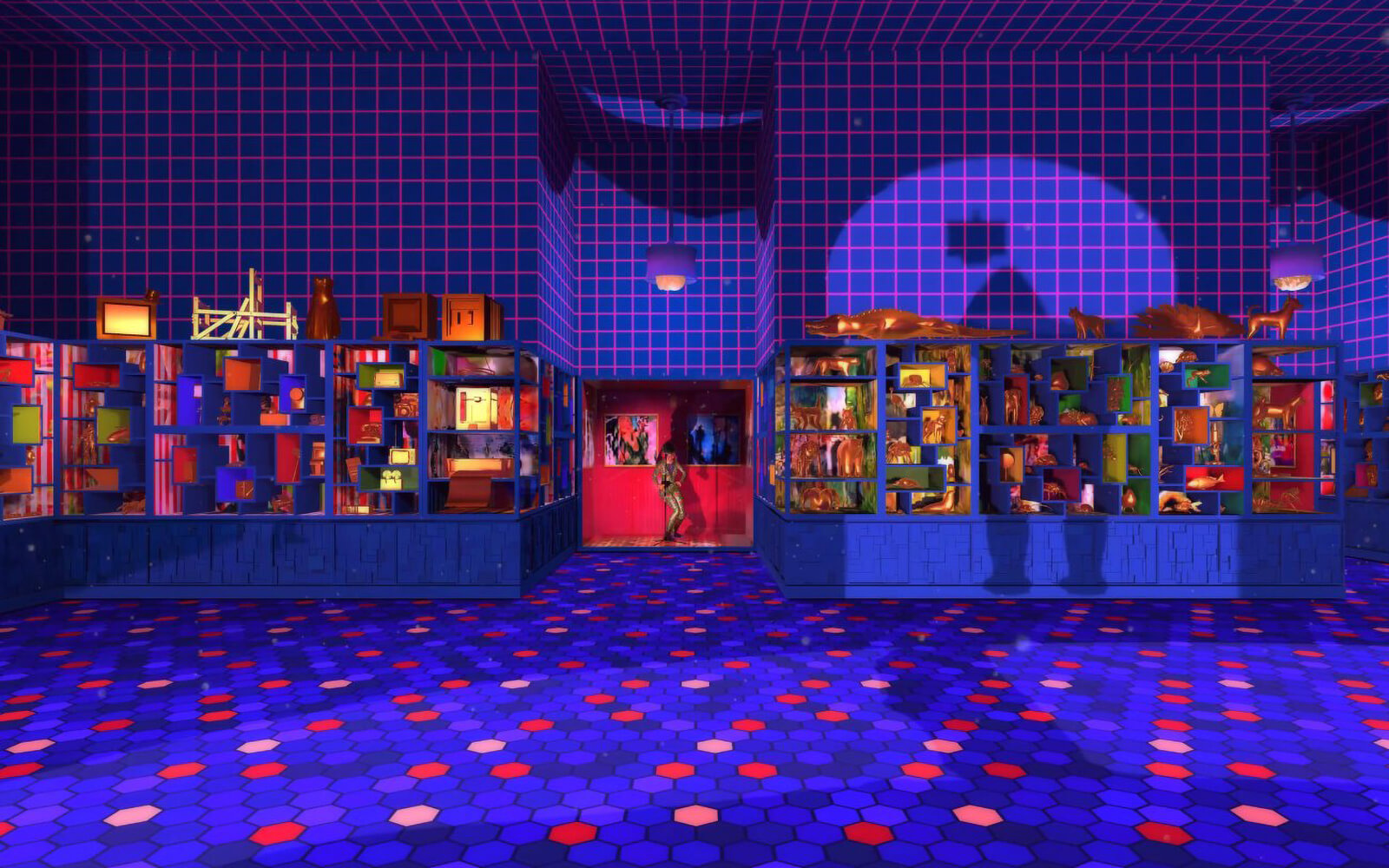
Copenhagen Contemporary opens “Yet, It Moves!,” a city-wide exhibition of art-science encounters that explore the universe’s only constant: movement. Eleven artists including Cecilia Bengolea, Ryoji Ikeda, Black Quantum Futurism, Jakob Kudsk Steensen (image: Tongues of Verglas, 2023), and Jenna Sutela worked with leading researchers through Arts at CERN, ModLab, DARK, and the IMC to express phenomena like black holes, star formation, and gravitational waves as 3D animations, VR, AR, sound, and immersive installations.
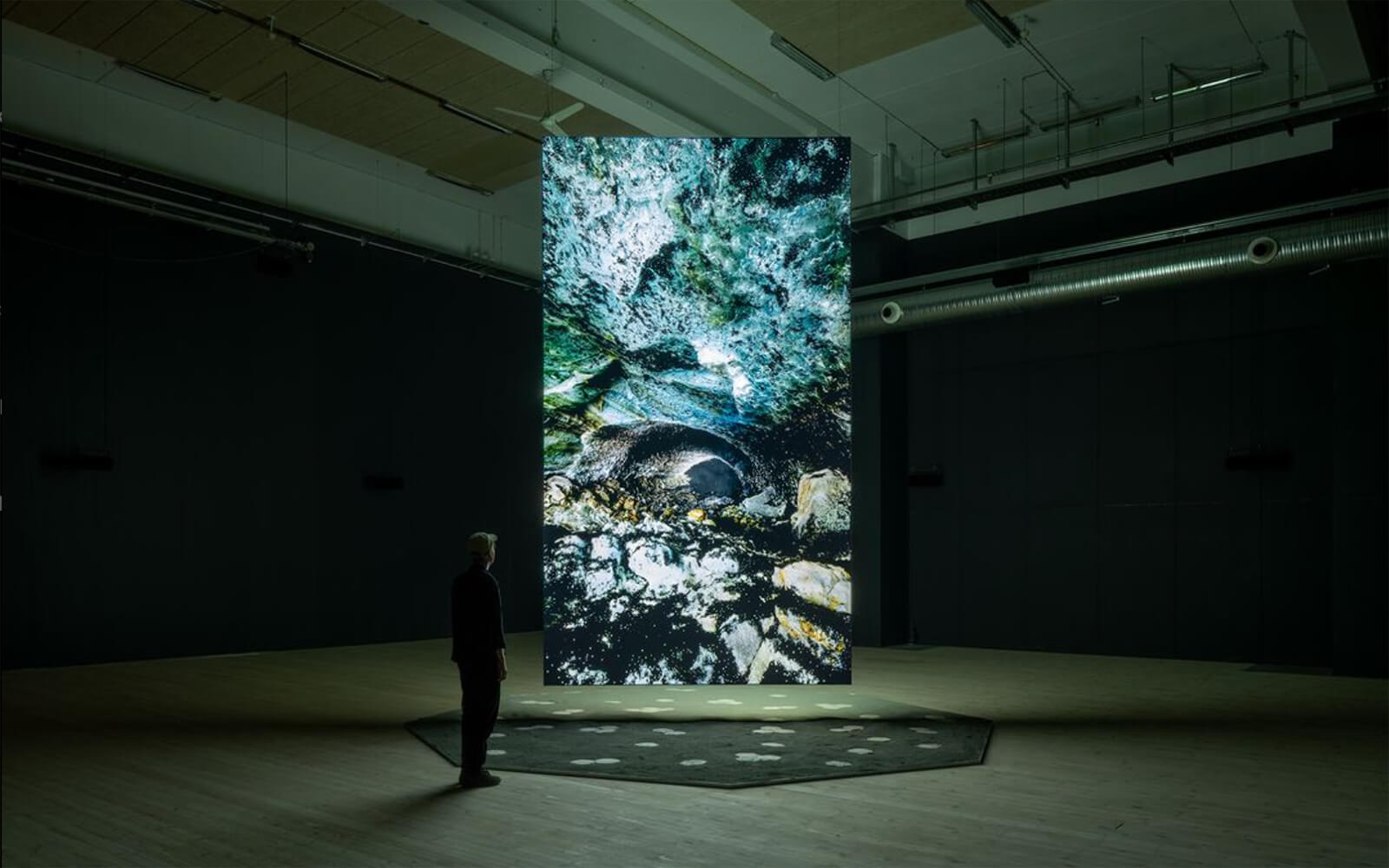
Christiane Paul
Digital Art (World of Art)
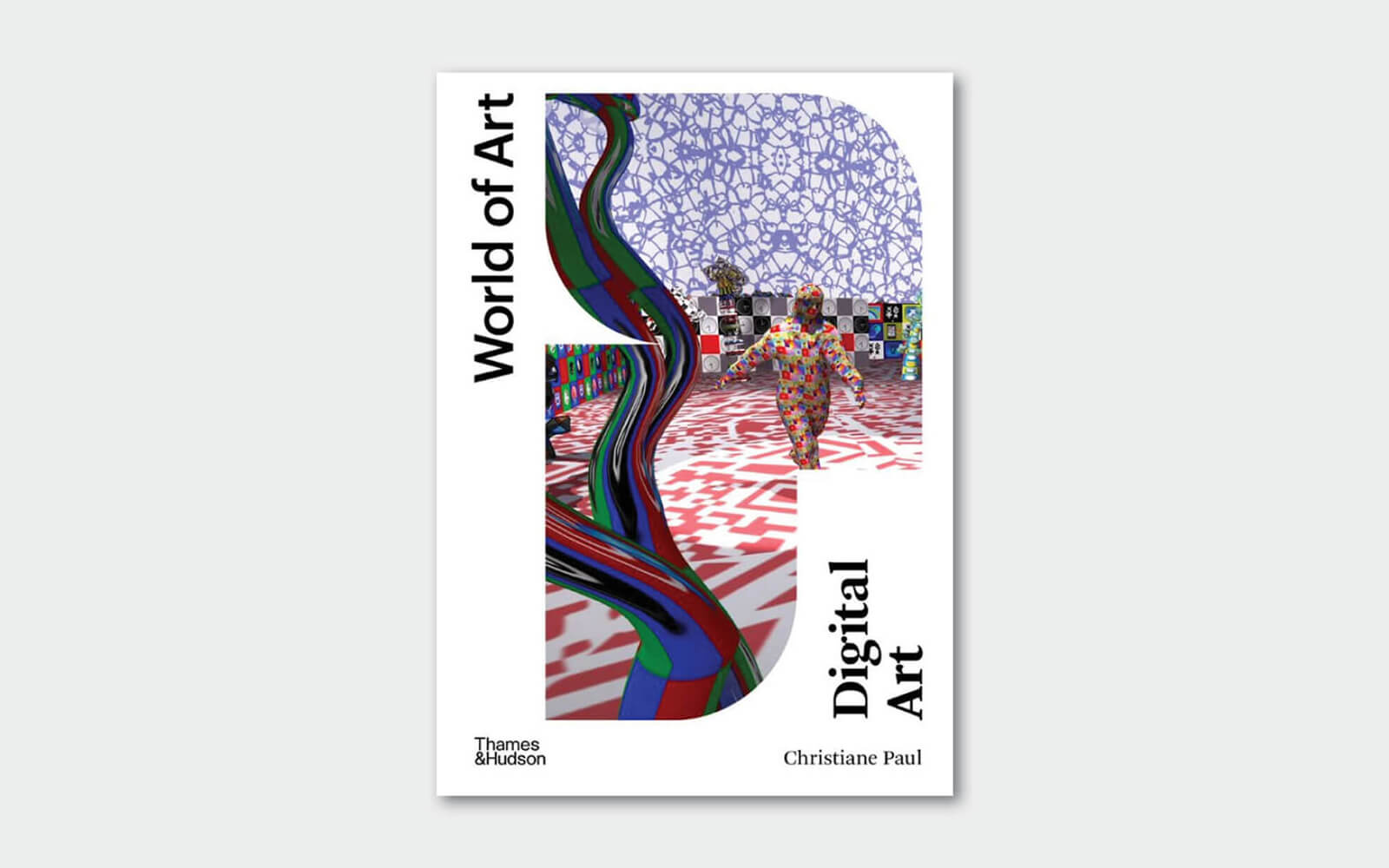
”New Surroundings: Approaching the Untouchable,” an exhibition organized by Molior that delves deep into the digital sublime, opens at Montreal’s Livart. Curated by Nathalie Bachand, it features artists including Caroline Gagné, Olivia McGilchrist, François Quévillon (image: MÉTÉORES, 2017-18), and Sabrina Ratté presenting works in print, installation, video, and VR that explore extreme tensions between ”modified, reorganized, and augmented” digitality and nature.
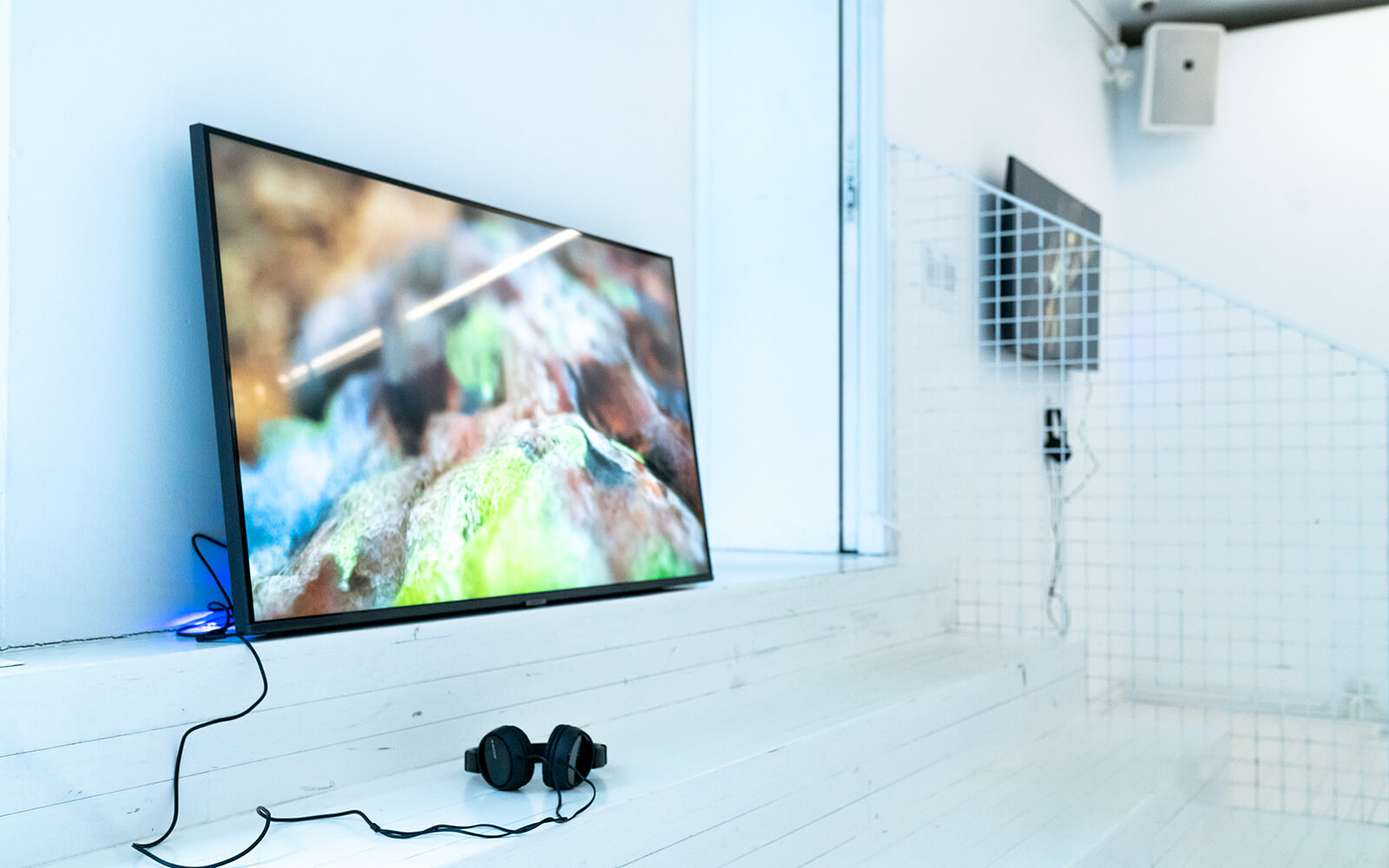
“A legless Donald Trump, just wandering the empty streets of Horizon Worlds, selling commemorative coins.”
Daily discoveries at the nexus of art, science, technology, and culture: Get full access by becoming a HOLO Reader!
- Perspective: research, long-form analysis, and critical commentary
- Encounters: in-depth artist profiles and studio visits of pioneers and key innovators
- Stream: a timeline and news archive with 1,200+ entries and counting
- Edition: HOLO’s annual collector’s edition that captures the calendar year in print
